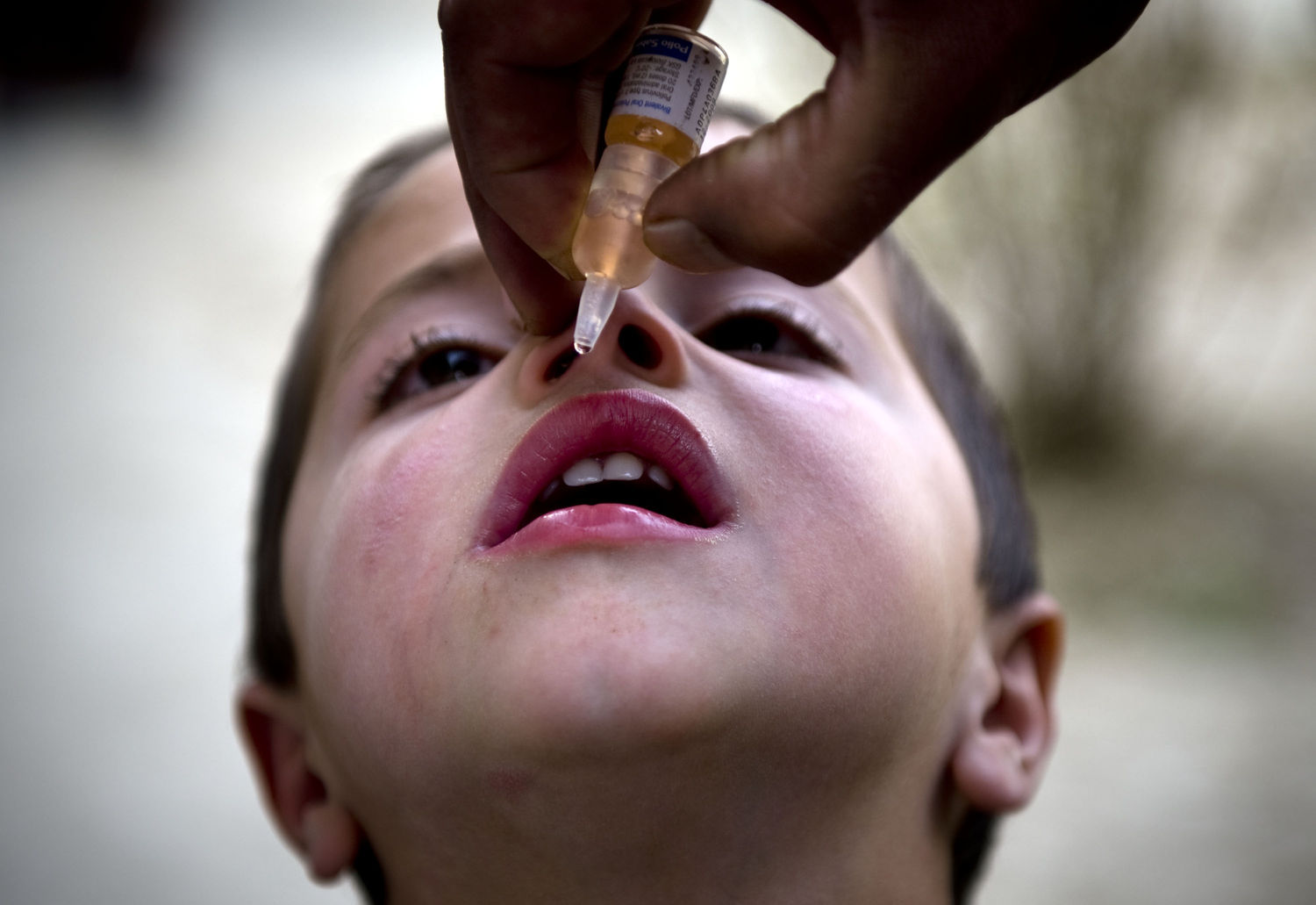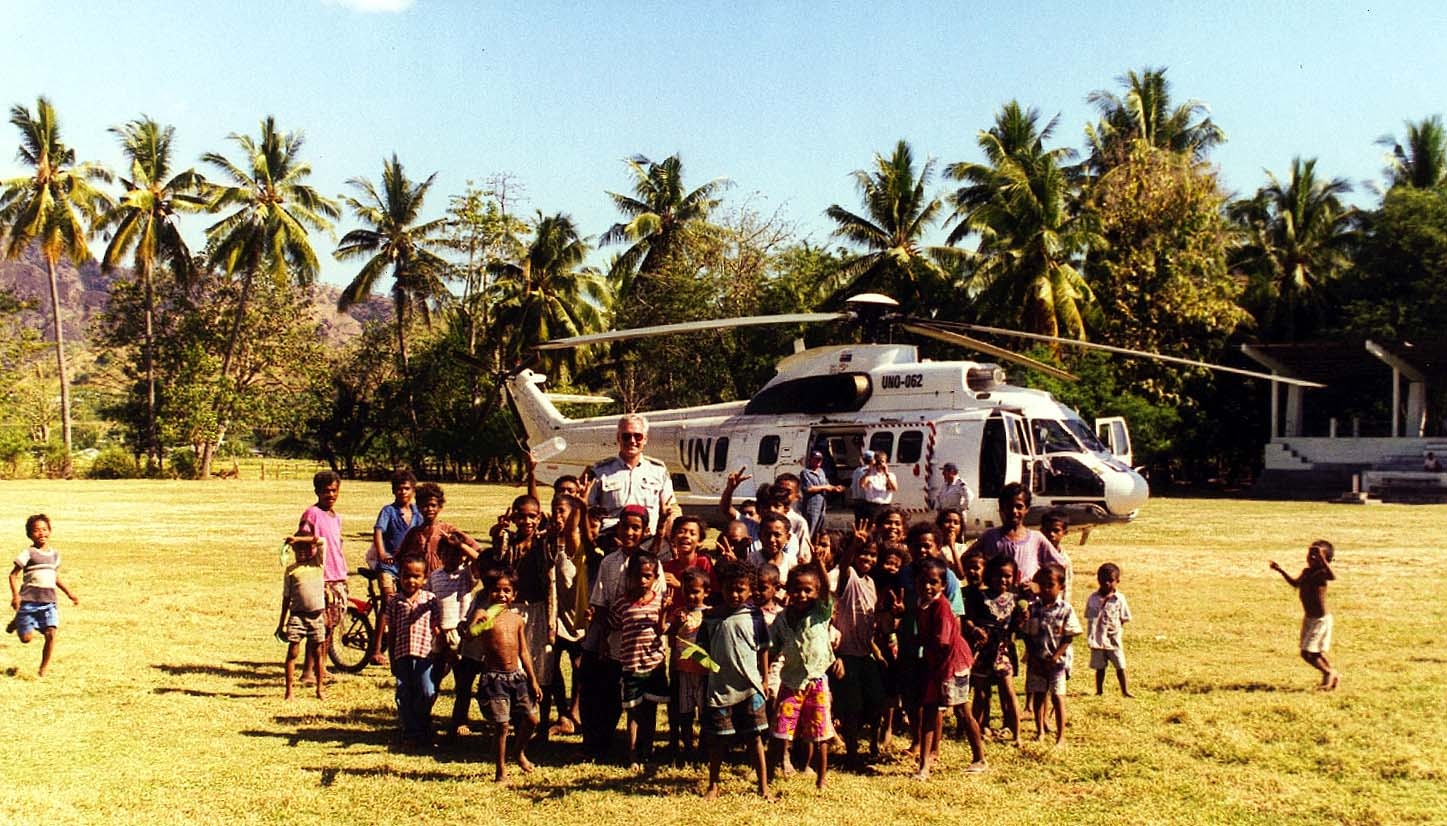On March 26th, 2014, the World Health Organization (WHO) declared eighty percent of the world as Polio-free. The South-East Asia region became the fourth of six WHO regions to realize the objective.
The announcement came after India formally received regional certification after reporting its final case of Polio in January 2011. With a population of 1.8 billion, the largest of any WHO region, South-East Asia now joins the ranks of Europe, the Americas and the Western-Pacific. The remaining territories of Africa and the Eastern Mediterranean have failed to achieve success due to inadequate vaccination programs, often stalled by regional conflicts. As an infectious disease, polio will continue to pose a problem until world-wide eradication is realized.
Polio is a viral infection acquired through inhalation or ingestion. While the vast majority of cases are asymptomatic, a small percentage of those infected experience acute reactions. These range from flu-like symptoms to selective paralysis; a portion of paralyzed victims succumb to death. An estimated annual rate of half-million people suffered from severe symptoms prior to the development of a vaccine in the early 1950s. Following several regional pilot programs, the WHO partnered with national governments and NGOs to launch the Global Polio Eradication Initiative in 1988. Since its launch, global cases have reduced by ninety-nine percent.
Global disease eradication programs exist to reduce the number of preventable deaths, decrease long-term healthcare costs, build a global infrastructure of health delivery systems, and recognize the fundamental human right to health. Therefore, eliminating communicable diseases has been fundamental to world health initiatives.
The first successful campaign, the Smallpox Eradication Programme (1966-80), offered credence and revealed its viability. Through mass vaccination, global immunity increased and long-term transmissibility decreased. The campaign had the good fortune of learning from past mistakes.
The WHO made previous attempts to eliminate Malaria and Yaws in 1955. Medical and technological advancements were central to the formation of these campaigns, specifically the development of Penicillin and the chemical compound dichlorodiphenyltrichloroethane (DDT). Though antibiotic distribution curbed the epidemic, a lack of preliminary operational research and surveillance crippled the Yaws program. Alternatively, the Malaria campaign drew upon extensive research, regional pilots and significant funding. Its failure partly stemmed from the nature of the disease, including its diverse epidemiological features, and in some regions, resistance to DDT and administered drugs. While successful in some countries, both programs were ultimately terminated.
Future projects must consider past policy errors while adhering to disease-specific concerns. Currently, there are several ongoing disease eradication programs including the elimination of Dracunculiasis, Lymphatic Filariasis and Measles. The success of these programs hinges on technical feasibility, broad-base consultation with existing health programs and organizations, evidence-based policy and unwavering commitment from national governments
In conflict-stricken nations, diplomacy is critical. These regions often lack the necessary infrastructure to deliver medication and also present difficulties in gaining access. Communication with operating forces can break down barriers to entry.
Beyond the simple objective of eradication, attention must be paid to addressing long-term support challenges as well as constructing progressive health systems that commit to these programs.





